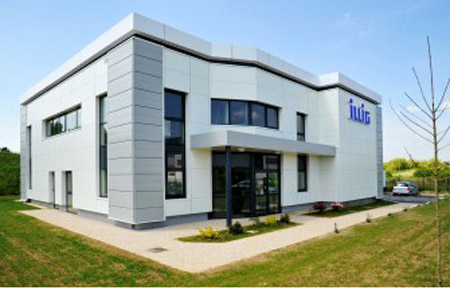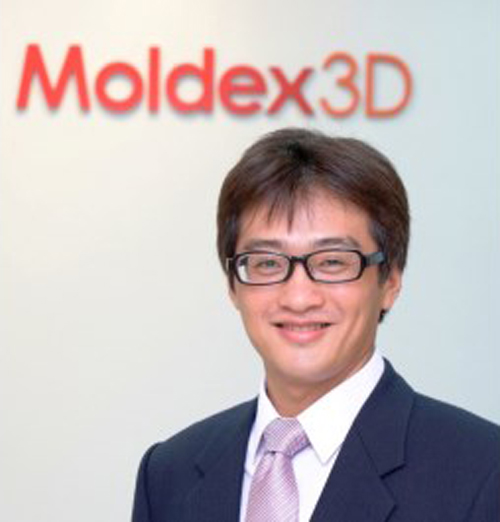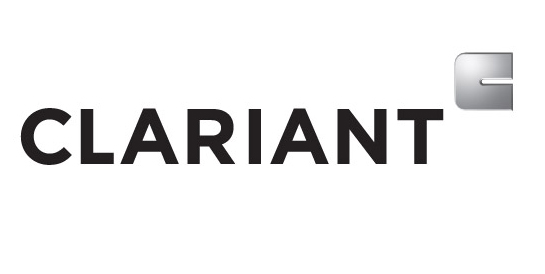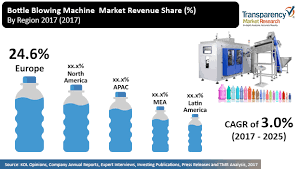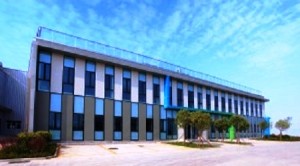
Bayer MaterialScience’s low-to-zero-emission EcoCommercial Building (ECB) located in Qingdao, China has received a gold-standard ranking from the internationally renowned Leadership in Energy and Environmental Design (LEED) rating system.
Based on the LEED-NC v2009 rating system it received a total score of 69 out of 110 possible points, placing it above the minimum for gold standard. The building is one of five global lighthouse projects of Bayer as part of the company’s ECB program and was opened in October 2012. Currently the lighthouse serves as the administration building for Bayer’s plant in Qingdao. Constructed as a 1,163sqm complex which can accommodate 60 office workplaces, the ECB lighthouse uses a 66 kW Photovoltaic (PV) system of Bayer’s partner Kyocera to provide it with electricity from solar power.
At present, the building is estimated to generate 80.35MWh of electricity every year. In the interior of the building, climate control is managed by ECB partner Uponor Thermally Activated Building System (TABS) in combination with a geothermal source heat pump. The building is also insulated by a building envelope providing a pleasant room climate during all seasons.
In order to cut down on energy loss for ventilation and climate control, Bayer says the building is designed with a special Heat Recovery System. The technology used in this system was provided by local suppliers, saving energy for long distance transportation and logistics. Aside from ventilation, overall electricity consumption in the lighthouse is reduced thanks to the LED technology provided by Sheenly Lighting. Other partners include Huafon Puren, Hempel and Nature, which provide polyurethane (PU) for roofing and flooring, waterborne PU wall coating and waterborne PU flooring systems, respectively.
Through these collaborations, Bayer incorporated a whole range of products and services beyond its product portfolio while handling this project. Other than the Qingdao lighthouse, the ECB program has achieved several high performance results around the world, including net zero office building in India, low energy office building in Belgium, net zero conference center in the US and net zero day care center in Germany, the German material company notes.
Source: http://www.adsalecprj.com/Publicity/MarketNews/lang-eng/article-67004137/Article.aspx




